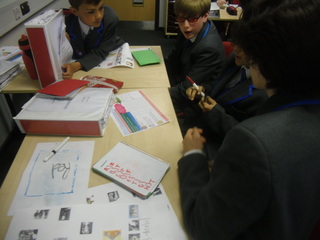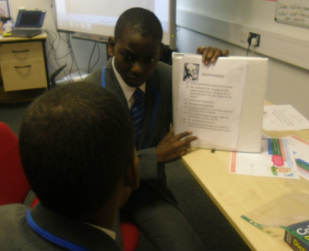
Are you experimenting with hinge questions in your teaching? You are not alone; ‘hinge questions’ is the most frequent search term bringing people to this site.
Hinge questions helped inspire me to begin writing; I couldn’t find any examples designed for history lessons. (While these collections focus upon history, maths and science, I hope they may be useful to teachers considering how to employ them in any subject). Hinge questions in history seem to require a slightly different approach to the examples I’ve found online and in print, something I’ve explored here. This in mind, I thought it might be useful to upload two collections of questions I made recently – both to offer some examples and to help me refine and improve the questions.
Dylan Wiliam notes that although hinge questions take time to generate, a good question will still be useful in twenty years’ time, because learners will still face the same difficulties they do now (2011, p.100). He adds that “Most teachers find worksheets or lesson plans developed by other teachers to be of limited usefulness. However, high-quality questions seem to work across different schools, districts, states, cultures, and even languages (p.104).” Let me know…

2) A collection of questions testing understanding of the mathematical achievements of these societies and their individuals (such as Archimedes, Fermat and Babbage). These questions could perhaps be used in maths or science lessons, they incorporate mathematical and scientific understanding as well as ‘pure’ history.I have shown the question, then, on the next slide, repeated the question, highlighting the incorrect answers in red, offering clarification as to why it is wrong where I think it may be helpful.Context
I created these questions using the responses of my Year 7 students at the end of a two term course taking a chronological approach to the history of maths. I trained students to lead small groups in discussion in order to understand which answers were correct and why (for a short video clip showing part of this process see here). Completing all the questions has taken roughly five lessons with each class, providing both revision and an opportunity to analyse the underlying themes of the course.Mistakes and answers which caused undue confusion have been revised as I go along but there are no doubt more errors to come. I would welcome comments and suggestions.

Links to pptx don’t work 8-( Wanted to show my Maths colleagues the maths one
Apologies – I’ve updated the links & emailed you the powerpoint.
Reblogged this on The BB2 Collaborative.
Where are the Hinge Questions please?
In files – the links in blue at the bottom of the page…
Thank you for this. Very interesting especially for my ECTs and trainees. The links don’t work for me though. Thank you